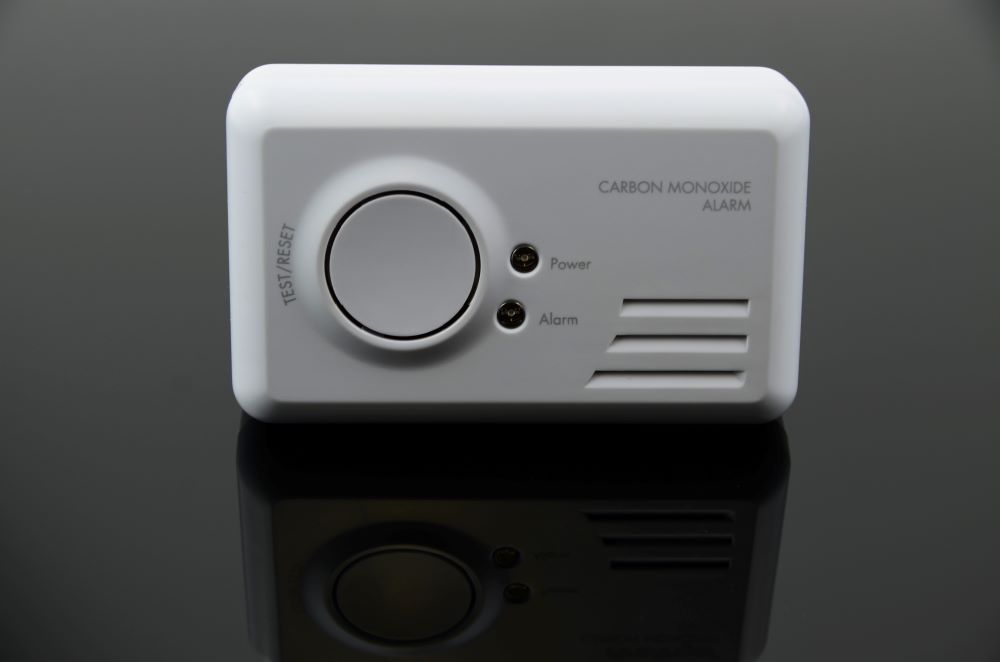CORRECTION: The original article said CO2. It should have said CO. Our apologies for the error.
Olympia, Washington — Carbon monoxide (CO) poisoning is believed to be the cause of death of one Evergreen State College student and the hospitalization of three other people on Monday.
The incident began that evening after a student resident manager called campus police when they couldn’t contact the three students, according to an announcement by the school.
A campus police officer broke down the door and tried to revive the deceased student with CPR but was unsuccessful. Two other students who were also in the room appeared to be suffering from CO poisoning as well and were transported to the hospital, along with the responding police officer, reports the Columbian.
The deceased student has been identified as 21-year-old Jonathan Rodriguez. The identities of the other two students and police officer who survived have not been released.
The local fire department promptly responded to the scene and conducted CO testing of the impacted areas. Additionally, campus police contacted all of the other Evergreen students who live in campus housing to verify that they were safe.
Earlier on Monday before the tragedy, a contractor working in the Modular Apartments on campus responded to CO alarms, reports Yahoo News. It’s not clear if where the alarm company responded is where the incident occurred.
Carbon monoxide is a clear gas that has no taste or color. It’s for these reasons that CO is very dangerous.
The symptoms of CO poisoning include headache, weakness, dizziness, nausea or vomiting, shortness of breath, confusion, blurred vision, drowsiness, loss of muscle control, and loss of consciousness, according to the Mayo Clinic.
The best way to prevent CO poisoning is to install carbon monoxide detectors and replace the batteries every six months.







